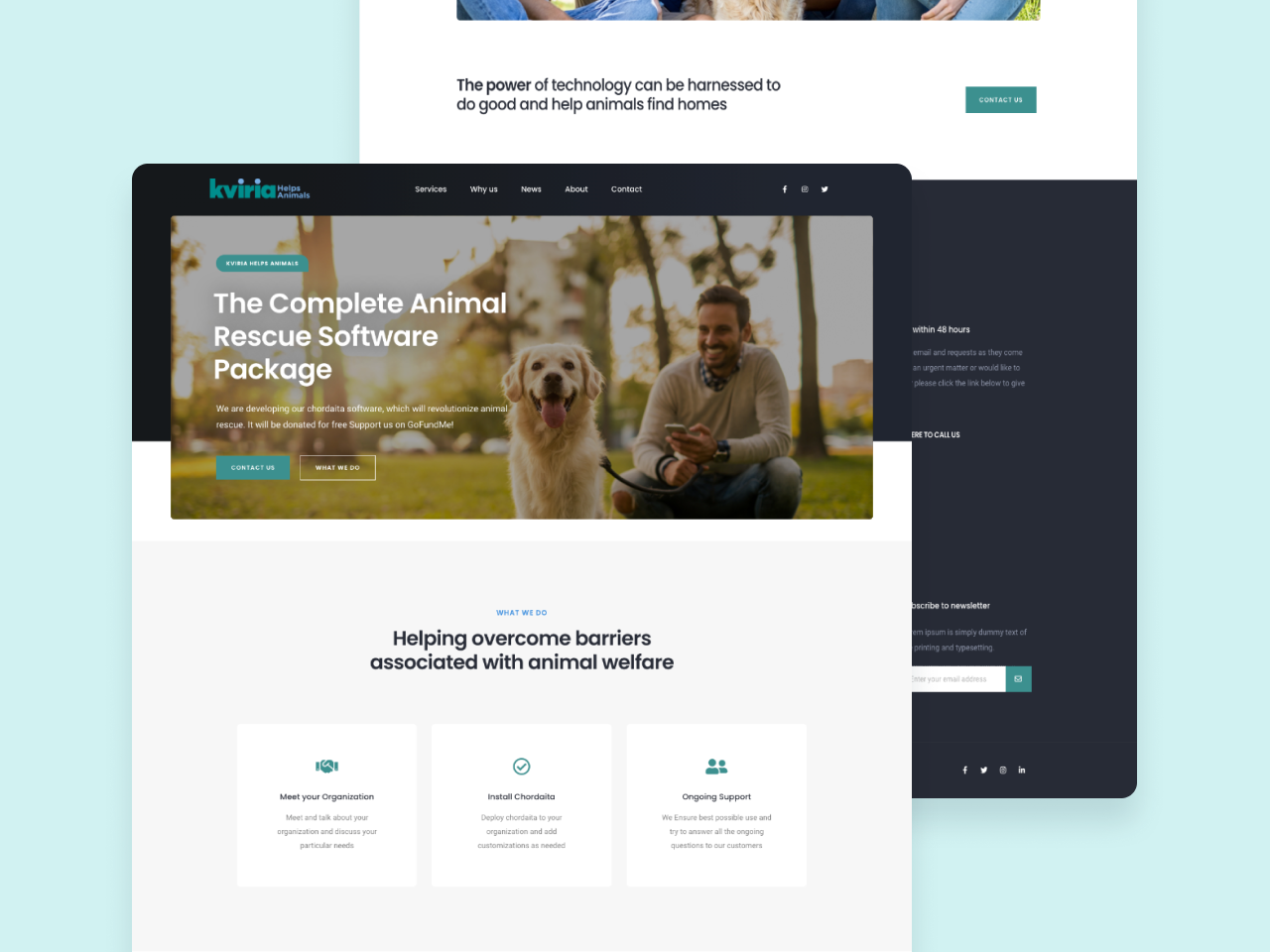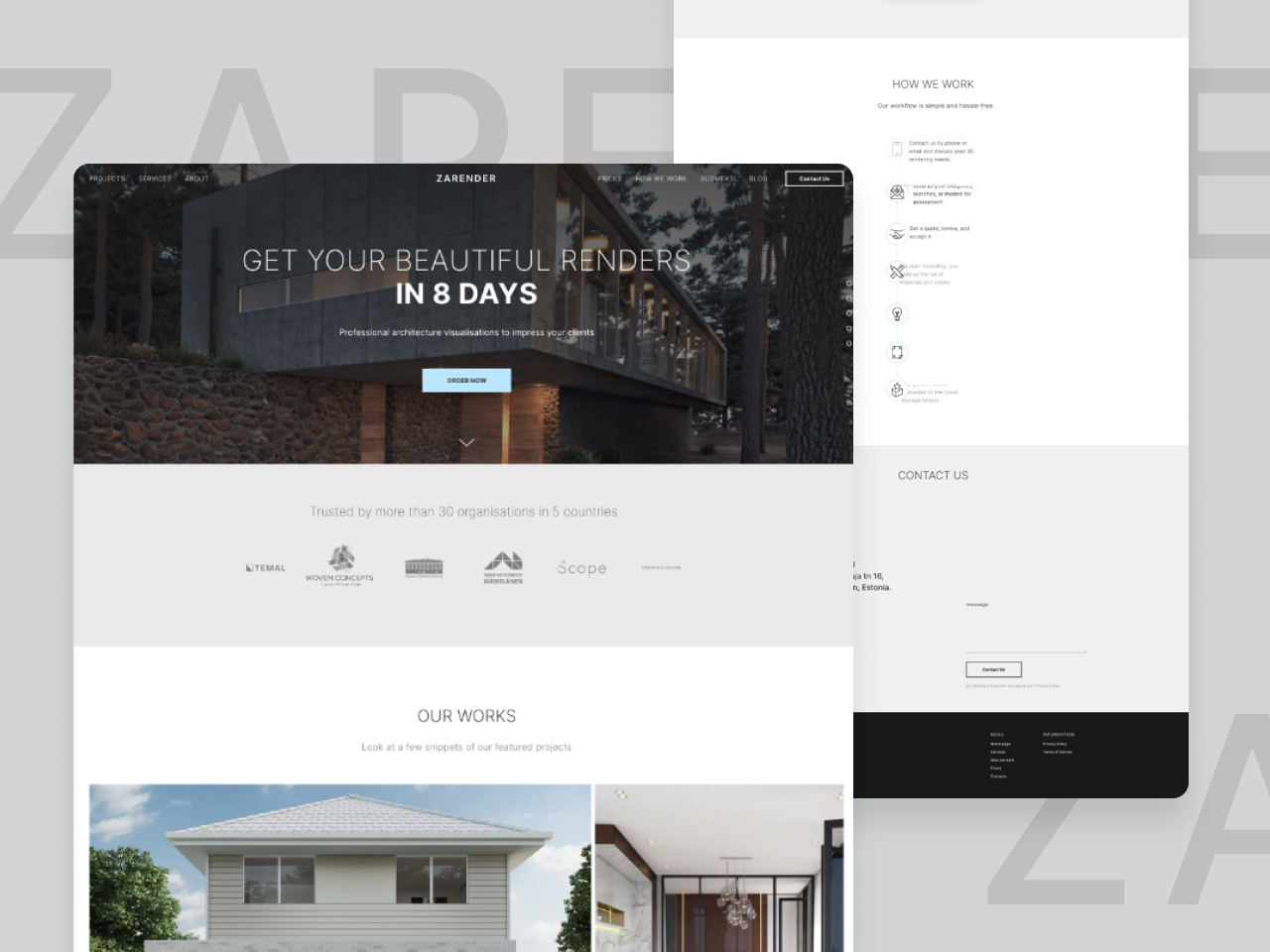How to Design Your Own Website: A Simple, Step-by-Step Guide
Website is a dire need of today's business. Are you thinking to design your own website? As this article will help you design your own website with a simple step-by-step guide, you need not worry.Step-by-Step Guide
Defining Your Site’s Goals, Purpose, and Strategy
For creating your website, you need to set goals for it. Also, you should have a pre-defined objective. Following these goals and objectives, you should form appropriate strategies to implement on the website. These strategies may include making a content calendar, selecting the keywords, infographics, and other data for the website.Defining the site's goals and purpose is essential because visitors want a solid point for staying on your website.

Research the Latest Web Design Trends
Before you design your own website, you need to do research for the latest web design trends. You need to understand that just because a web design is trendy does not mean that it will work for you. 48% of the people consider web design as an essential factor of a website. Therefore, it is necessary to think about what your competitors are doing.Choose Your Platform
For building your website, it is vital to select a suitable platform that goes along with your needs. This may include Weebly, WordPress, Wix, Squarespace, and Big Commerce. WordPress is the most appropriate and famous platform for this purpose. It is used by 34% of all the sites. WordPress is a self-hosted and open source content management system. Moreover, it is fast, optimized, and secure.
Select a Template and Start Customizing
Now, you know the purpose of your website, have a clue about the latest web design trends and have chosen a platform. You can now select a template that will be a theme and a layout of the site. The template is the same as the framework of the house. WordPress will offer you various templates to choose which come with a pre-filled example. Templates can be previewed before the final editing.Decide on Your Branding
After following the above-mentioned steps, you need to design your own website, including the color scheme and theme. You need to make sure that this theme and design go along with the goals and aims of the site. Also, it should be related to your branding. Colour should be kept as simple and elegant as possible to give a site a professional outlook. Font style should also be kept appropriate such as Helvetica and Arial, which appeals to the visitors. In this regard, infographics and images play a vital role in giving visual appeal to the audience.Add in and Optimize Your Content
Website's optimization and positioning is an important aspect to consider while you design your own website. Positioning means the location of the content on each page and its layout. On the other hand, optimization refers to the process of optimizing the content and indexing it. This helps browsers to index your content and rank it on search engines. In this regard, metadata is also essential. It allows Google to know what your site is actually about. You also need to compress the images that are used in your content. Image compression is essential for the speed optimization of your site. Also, large images can result in people becoming impatient and bouncing off the page.
Afterward, you need to do SEO of the images so that Google can see what your image is about. This can be done by adding alt text to the images. The last most important step while you design your own website is the internal and external linking. Internal linking means that you link the content of one page to the content of another page. This helps readers to refer quickly to more details regarding that topic. On the other hand, external linking is to link your content to another page of another site. This shows the relevancy and authenticity of your content.
Publish Your Website
Until now, you have completed all the steps to design your own website. Now, it's time to check all the steps mentioned earlier and then publish your site. You can ask your family, colleagues, and friends to preview it. After deeply checking mobile responsiveness, SEO, external/internal linking, desktop review, and speed of the site. You can proceed by publishing your website.Analyze and Improve
Congratulations! Now you own your website. Now, are you thinking of sitting back and relax? So, it's time to reconsider your thoughts, as it's not the case.For a successfully running site, one needs to track the website's performance. You need to focus on marketing your content and doing off-page SEO, which mainly includes backlinking. You can use different platforms for analyzing and improving your websites, such as Google Analytics and Google Search Console. Moreover, Many SEO tools can help you see your ranking and SEO. These may include soft wares such as Semrush, ahref, uber suggest, and many others.
Furthermore, it is essential to keep analyzing, updating, and improving your content according to the recent updates. This contributes to the authenticity, validity, and reliability of your site.
Wrapping Up
This article explains to you how to design your website and gives step by step guide. Following are the significant 8 steps to design your own website:- Defining your site’s goals, purpose and strategy
- Research the latest web design trends
- Choose your platform
- Select a template and start customizing
- Decide on your branding
- Add in and optimize your content
- Publish your website
- Analyze and improve

